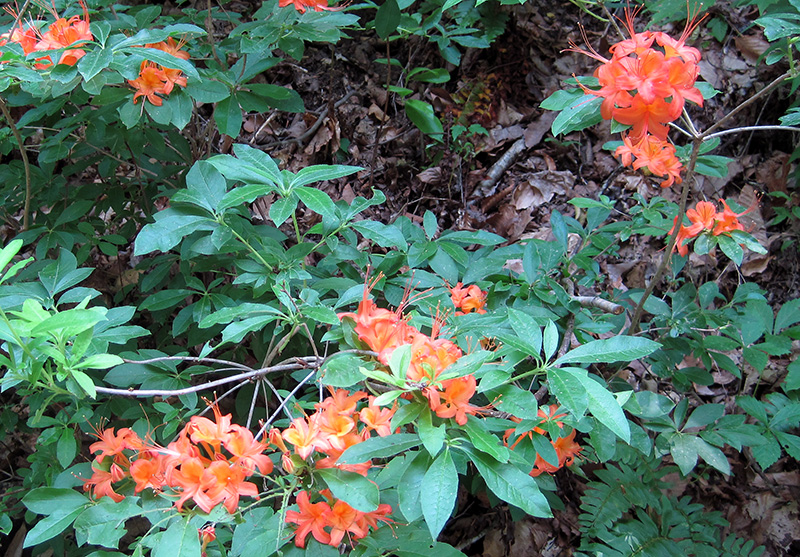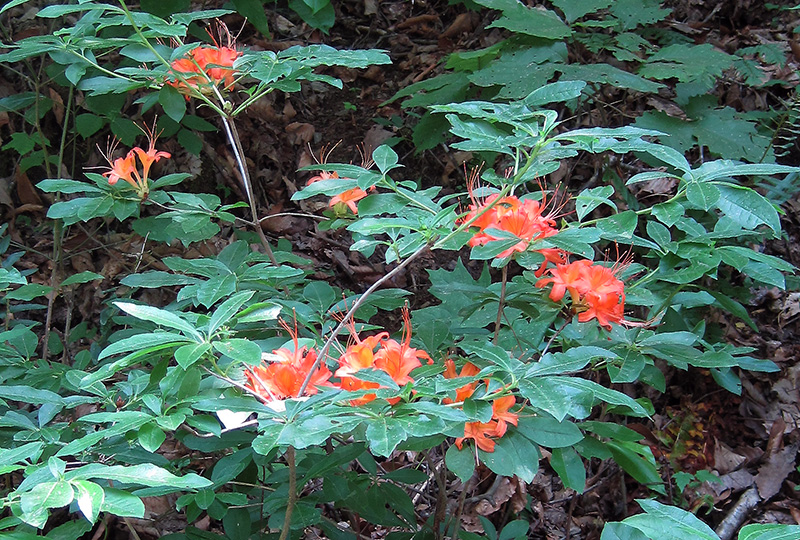Plant of the Week
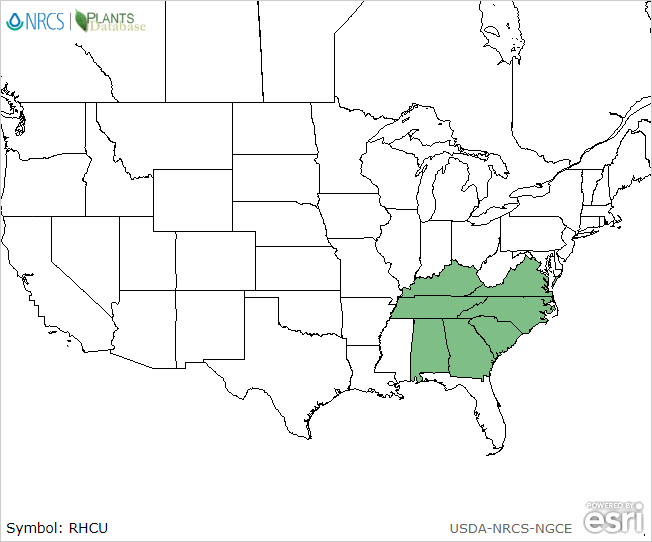 Cumberland Azalea range map. USDA PLANTS Database.
Cumberland Azalea range map. USDA PLANTS Database.
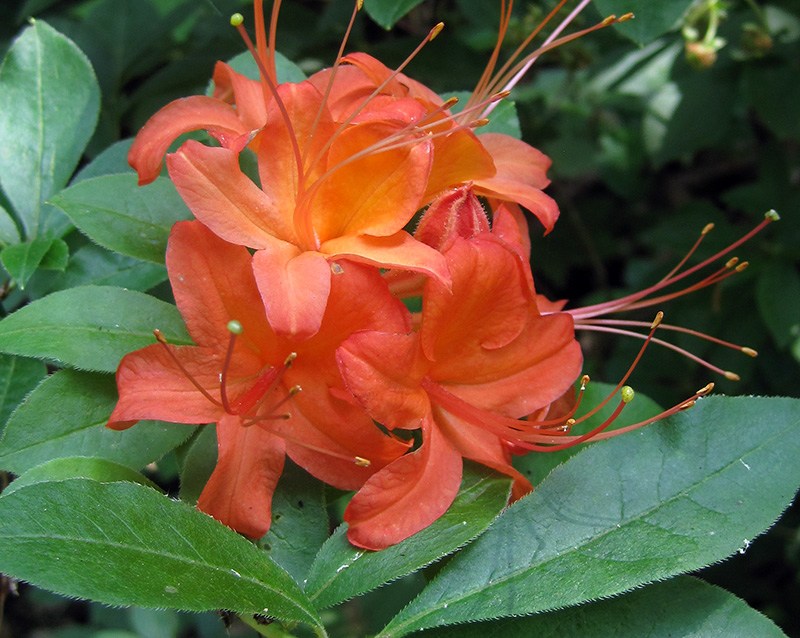 Close up of flower cluster and leaves © 2011 David D. Taylor
Close up of flower cluster and leaves © 2011 David D. Taylor
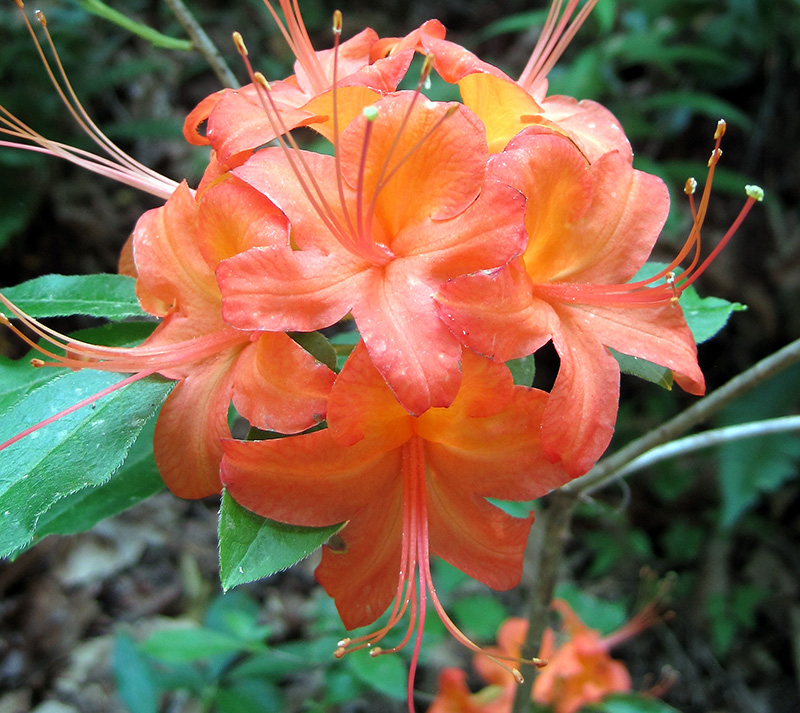 Close up of flower cluster © 2011 David D. Taylor
Close up of flower cluster © 2011 David D. Taylor
Cumberland Azalea
(Rhododendron cumberlandense)
By E.L. Braun
Cumberland Azalea is in the Heath, Blueberry (Ericaceae) family. This family contains about 4100 species distributed around the world. The family includes blueberries, cranberries, rhododendrons and azaleas, mountain laurel, and heathers. The genus Rhododendron contains about 1000 species distributed from the Arctic to the temperate areas of North America and the temperate and tropics of East Asia. The evergreen species are called rhododendrons and the deciduous species are called azaleas. Most cultivated rhododendrons are hybrid, often of Asian and North American species.
Cumberland azalea is a small shrub to about 2 m (79 in) tall. It is usually irregularly and openly branched. Leaves are thin, alternate, green above and lighter below, and about 3 - 8 cm (1.2 - 3.2 in) long by 1.3 – 3.5 cm (0.5 – 1.4 in) wide. Leaf margins are entire but covered with fine hairs. Flowers occur in groups of 3 – 7 and have fine hairs on the outside. The flowers are 27-45 mm (1 – 1.6 in) long and funnel-like, consisting of 5 fused petals. The five stamens extend some distance out of the flower.
This azalea grows in open, mixed oak-hardwood forest, usually near the top of the ridge, but may be found along roadsides and in forest openings. It resembles flame azalea (Rhododendron calendulaceum) but is redder and flowers after the leaves are fully expanded, usually late May to June. Flame azalea is yellow to orange, flowers before the leaves are fully expanded, usually mid-April to May, and generally is in more mesic forest. Cumberland azalea is known primarily from the Cumberland Plateau and Mountain areas of Kentucky, Tennessee, Virginia, and Alabama with scattered locations in the Blue Ridge of Virginia, North Carolina, South Carolina and Georgia. In some references, this species is called Rhododendron bakeri, but this is in error. Rhododendron bakeri is a hybrid known from a few locales in Georgia.
Cumberland Azalea can be cultivated and is available from some nurseries.


